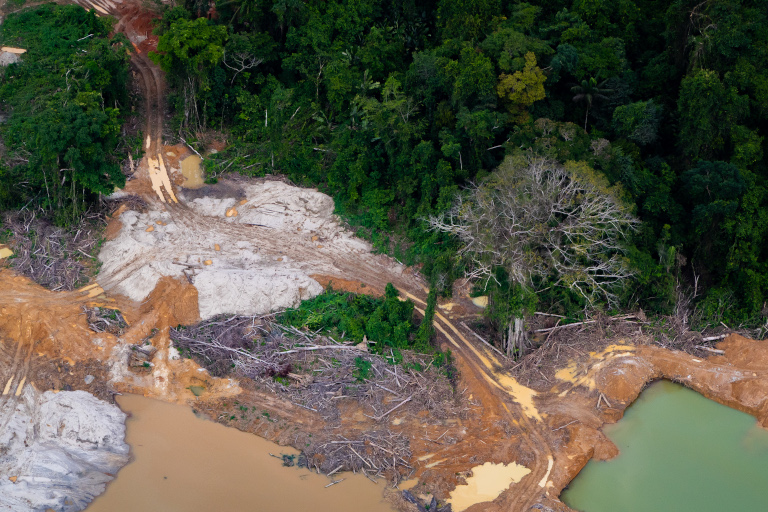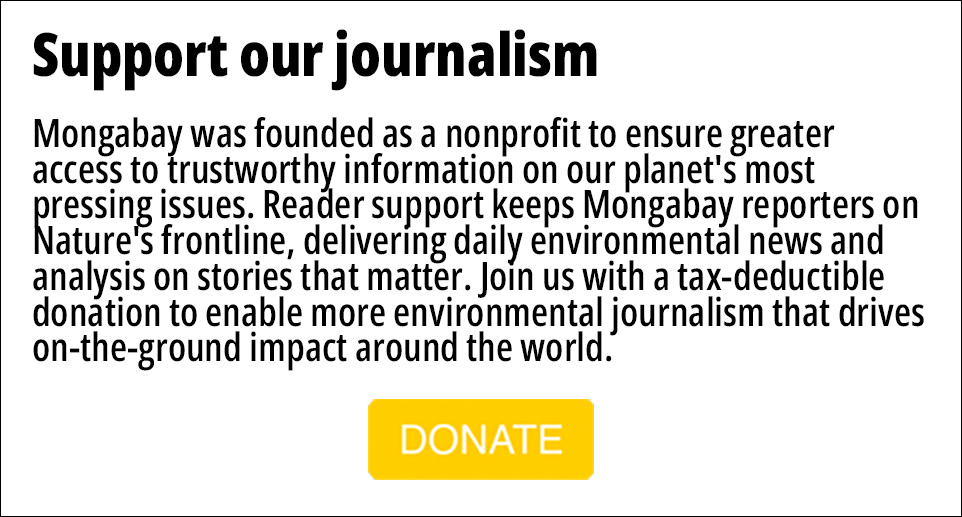- Mongabay is publishing a new edition of the book, “A Perfect Storm in the Amazon,” in short installments and in three languages: Spanish, English and Portuguese.
- Author Timothy J. Killeen is an academic and expert who, since the 1980s, has studied the rainforests of Brazil and Bolivia, where he lived for more than 35 years.
- Chronicling the efforts of nine Amazonian countries to curb deforestation, this edition provides an overview of the topics most relevant to the conservation of the region’s biodiversity, ecosystem services and Indigenous cultures, as well as a description of the conventional and sustainable development models that are vying for space within the regional economy.
- This is part of chapter 1 of “A Perfect Storm in the Amazon,” see the bottom of this page for links to all the excerpts.
Politics is idiosyncratic to each country, but trends in economic policies span borders. The political economy of the Pan Amazon is the legacy of strategic development plans that began in the mid decades of the twentieth century when the Amazonian nations turned their attention to the development of the Amazon.

The nationalist period (1960–1985) was characterized by authoritarian governments that sought to use the power of the state to harness the natural resources of the Amazon. The push into the region was seen as a way to generate economic growth, mitigate poverty and avoid political unrest driven by socialist ideology. Governments were insensitive to environmental and cultural impacts and viewed the Amazon as an unpopulated region that could absorb a growing population. Highways were extended into the wilderness, and public lands were distributed to landless peasants and corporate investors. Mining ventures and oil exploitation were subsidized by the state. Development was synonymous with deforestation.

The neoliberal period (1985–2005) began with a wave of market-oriented reforms designed to foster economic growth via the private sector. Referred to as the ‘Washington Consensus’, each country enacted a suite of policies to privatize state-owned entities, eliminate budget deficits, reinforce property rights, promote free trade and facilitate foreign investment. The state’s role was to provide essential services, such as law enforcement and the administration of a streamlined regulatory apparatus. The Amazon was integrated into an increasingly globalized economy; meanwhile, environmental and social advocates drew attention to the magnitude of deforestation and the plight of Indigenous communities. The concept of sustainable development emerged from academia and soon dominated policy forums. Commodity exports were synonymous with development.
The populist period (2005–2019) was a reaction to the austerity associated with neoliberal policies and a cultural aversion to foreign influence. Governments enjoyed robust electoral majorities by promising to address social inequality while embracing a form of democratic socialism that enhanced the role of the state in the national economy. Unlike previous socialist movements, however, these governments protected private sector actors who were generating the economic growth and export revenues essential for financing their political agendas. Like their neoliberal precursors, populist governments made public commitments to sustainability, supported conservation initiatives and acted to protect the rights of Indigenous communities, all while investing in infrastructure and conventional development paradigms. Sustainability was a synonym for the status quo.
Each of these phases created ‘facts on the ground’ that would constrain or enhance development and conservation options in subsequent decades. For example, the trunk roads carved out of the forest between 1970 and 1980 created the framework for future highway investments that are a recurrent feature in the annual budget of the Brazilian state. The development of oil and gas fields in the Andean republics during the 1960s now generates revenue streams essential for macroeconomic stability while creating infrastructure assets, such as pipelines, that are used to expand operations into wilderness landscapes.

The export-driven agribusiness production model consolidated during the late 1990s is now an indispensable component of the national economy and has endowed agribusiness with the financial capacity to invest in bulk transport systems. The beef industry in Brazil and Bolivia has tens of thousands of constituents with sufficient political power to allow them to ignore land-use regulations intended to slow deforestation . The creation of protected areas and the recognition of the territorial rights of Indigenous people removed almost fifty per cent of the surface area of the Amazon from the reach of conventional development.
The political nature of the next period is uncertain. In 2019, Jair Bolsonaro was elected president of Brazil with an avowed agenda of reversing the conservation policies of the past two decades and returning to the unbridled development that characterized the 1970s. In the Andean republics, there is widespread dissatisfaction with political elites tainted by corruption, but newly elected governments continue to pursue conventional development models, tolerating deforestation and the destruction of aquatic ecosystems caused by small-scale gold miners. Venezuela is a basket case, while the republics of the Guyana Coast are in the process of embracing an economy reliant on fossil fuels.
“A Perfect Storm in the Amazon” is a book by Timothy Killeen and contains the author’s viewpoints and analysis. The second edition was published by The White Horse in 2021, under the terms of a Creative Commons license (CC BY 4.0 license).
Read the other excerpted portions of chapter 1 here:
 Chapter 1. The state of the Amazon
Chapter 1. The state of the Amazon
- The state of the Amazon May 31, 2023
- Drivers of environmental degradation in the Amazon June 1, 2023
- The geography of environmental degradation in the Amazon June 7, 2023
- The political economy of the Pan Amazon June 8, 2023
- Understanding the conventional economy of the Pan Amazon June 13, 2023
- The natural history of the Amazon Rainforest June 14, 2023
- Forest ecology and carbon dynamics in the Amazon June 20, 2023
- Climate change and moisture recycling in the Amazon June 22, 2023
- Environmental policy and action on the ground in the Amazon June 27, 2023
- Environmental governance in the Amazon June 28,2023
- The largest land set-aside in history June 29, 2023
- An Indigenous revival in the Pan Amazon July 6,2023
- Monetizing nature: The under-explored power of the Amazon’s natural capital July 7, 2023
- The challenge of the future (and lessons from the recent past) in the Pan Amazon July 12, 2023
- Current policy approaches in the Amazon: certainly necessary, but are they sufficient? July 13, 2023
See related news here at Mongabay:
Boosted with fresh donations, Amazon Fund reboots stalled projects







